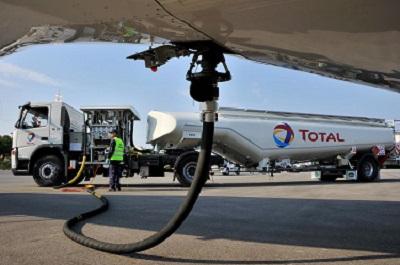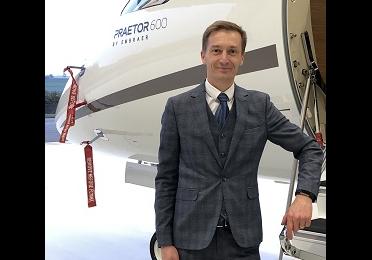Ensuring safe fuelling at airports
There are three ways to get fuel to an aircraft: dispensing nozzles, refuelling lorries, and supply lorries. In all three cases, safety is essential, since the technicians are handling flammable petroleum products that can potentially damage the aircraft they are working on. For TotalEnergies, providing our clients with impeccable service is a point of honour.
Refuelling operations at airports

Airports dispense aviation fuel using one of three methods. The first is dispensing guns. The second, refuelling lorries, use networks of pipes that run under the airport to reach different areas of the tarmac. In France, only major airports (Orly and Roissy-Charles-De-Gaulle) currently have these systems. Other smaller airports use supply lorries. These are lorries (classified as machines by a European directive, so they are not considered to be vehicles) with fuel storage tanks, pumps, and distribution meters. The meter is an essential part of the system, making it possible to deliver and bill for the exact quantity of fuel needed for the plane to fly. They are also equipped with a fuel filtration system, which guarantees the product’s quality. Supply lorries need to be able to make deliveries at any time, whether it is snowing, raining, in high winds, and extreme heat. TotalEnergies and its subsidiaries oversee refuelling operations at 28 French airports.
Aircraft refuelling lorries: rare and expensive pieces of equipment
There are only around ten manufacturers in the world (mostly in the United States, Germany, France, the United Kingdom, and Australia). On average, the lifespan of a supply lorry is around twenty years. These machines are produced in relatively small numbers (around 200 per manufacturer per year), since this is a niche market. For example, TotalEnergies buys between 5 and 10 per year, investing in new hardware to ensure the quality of its services. “The processes are not industrialised, so there are no manufacturing standards. Specifications can vary from one builder to another, with each one having its own working methods,” explained Michel Dessertenne, Head of the Aviation Vehicle Department.
Detailed inspections to ensure safe refuelling
TotalEnergies makes sure to inspect all of the machines that it receives. “Every machine undergoes a 1,000 to 1,200 point inspection, checking everything from ergonomics (ensuring that the manometer is positioned at eye level) to performance, the filtration system, etc.” These checks are essential, since they guarantee that the aircraft will be able to fly safely. “Take JET A-1 fuel, for example. It naturally contains trace amounts of water. The supply lorry filtration system helps to remove this water, which could freeze at high altitudes, stopping the engines.” Another critical factor is the machine’s distribution pressure. It should remain below 3.5 bars to prevent the aircraft’s wings from suffering high pressure damage during refuelling. All told, these inspections take 2 to 3 days. TotalEnergies also carries out periodic inspections twice a year to update the status of the machines currently in service. Refuelling is a delicate operation, which needs to be done in optimal, very demanding conditions to ensure safety. “That is what TotalEnergies guarantees for its clients, guaranteeing its reputation throughout the country.”





